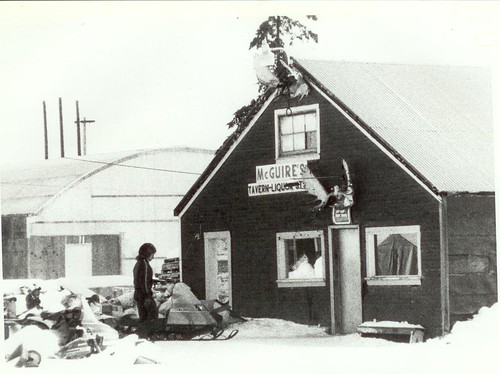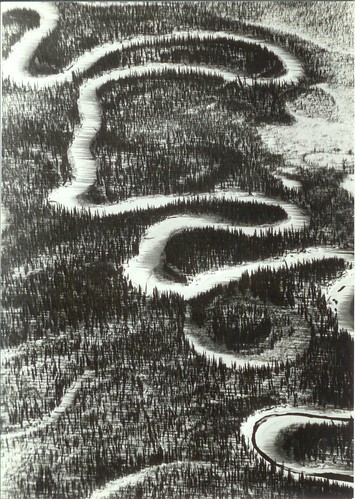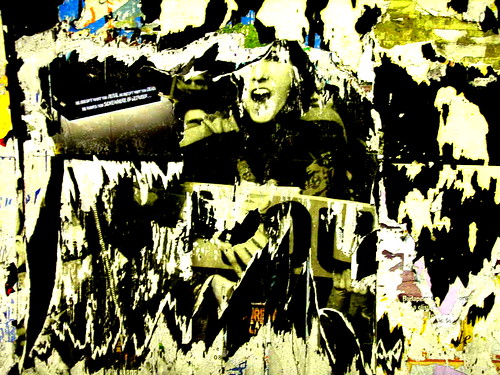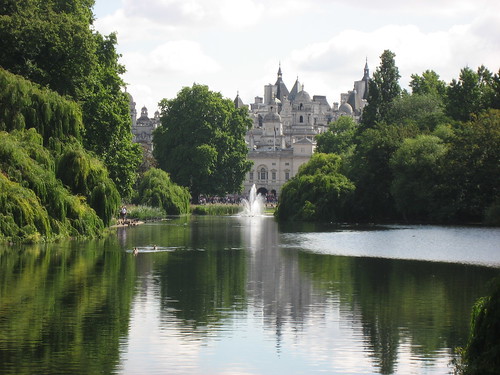As a botanist my primary interest has always been taxonomy. What makes it a pine? A fern? A monocot? Not to bore you with what interests me…it’s visual, it’s mildly philosophical, it’s fun, but I guess not rocket science. Before I started on the botany path Janet and I were living in Alaska.
I became enchanted with the natural world there, picked up Eric Hulten’s circumboreal flora, and started memorizing every plant.
Soon I was on the way to San Francisco State University where I took the dreaded science requirements and started my work toward a Master’s Degree in biology.
A series of meanders had me studying taxonomy and eventually I made my way to Harvard, where I finished a doctoral dissertation on a large and difficult group of lichens, the Cladoniaceae, of western North America.
Studying these fascinating beasts occupied fully my intellect, a welcome challenge with all the free time I had raising three children.
About the time I was finishing my dissertation the scientific wags were full swing into deconstructing Linnean taxonomy. You may remember Linneaus as the 18th century “father of botany,” one of whose achievements was the bimomial nomenclature (genus and species) we use for all species. Why the urge to deconstruct? It was one of the fads, I mean, modes of study of the late 20th century. More to the point I think, Linneaus lived 100 years before Darwin and perforce could not have classified his living world within an evolutionary framework. The long and short of it…the whole classification system had to be restructured to reflect phylogenetic relationships, actual physical kinship among living species.
Not a bad goal, one that attracted funding and jobs for scientists, but perhaps a goal that might have overlooked other equally valid streams of scientific thought. Couldn’t scientists just mutually agree that Linnean taxonomic groups weren’t clearly related and move on? I guess I wasn’t heardheaded enough, got enamored of morphology and morphogenesis, and headed down my own particular stream of thought.
So, what’s the connection with art?
Several years into teaching at Boston University I had the opportunity to develop and teach a series of courses in London.
Between classes I spent my share of time in places like Tate Britain, where as an undergraduate I had experienced some time with the paintings of JWT Turner.
Revisiting Turner as a scientist led me to an interesting question. What did Turner understand about nature that his contemporary, Linneaus, was perhaps unaware of?
Putting it another way, how can we compare two revolutionaries, an artist and a scientist, and the way they shaped Enlightenment thought?
Fast forward to the last decade of the 20th century and we see Linneaus’ work repudiated. For better or for worse, his system of classification was based on Platonic (ideal, unchanging) and Aristotelian (hierarchical) concepts that were disproven by Darwin (whose work is still too hot to handle in our time!). By contrast, look at Turner’s work. His depictions of light and movement challenge us still. Having transcended artistic conventions of his time, Turner created work that continues to transcend.
How about our roles as artists or scientists in 2012? Both disciplines are incredibly diverse in our time and perhaps all barriers have been broken. Are there conventions we can still challenge? How do we move forward toward the light? Can we forge new directions by considering the history of both art and science in reflection with one another? What’s your opinion about the Linneaus/Turner comparison?









No comments:
Post a Comment